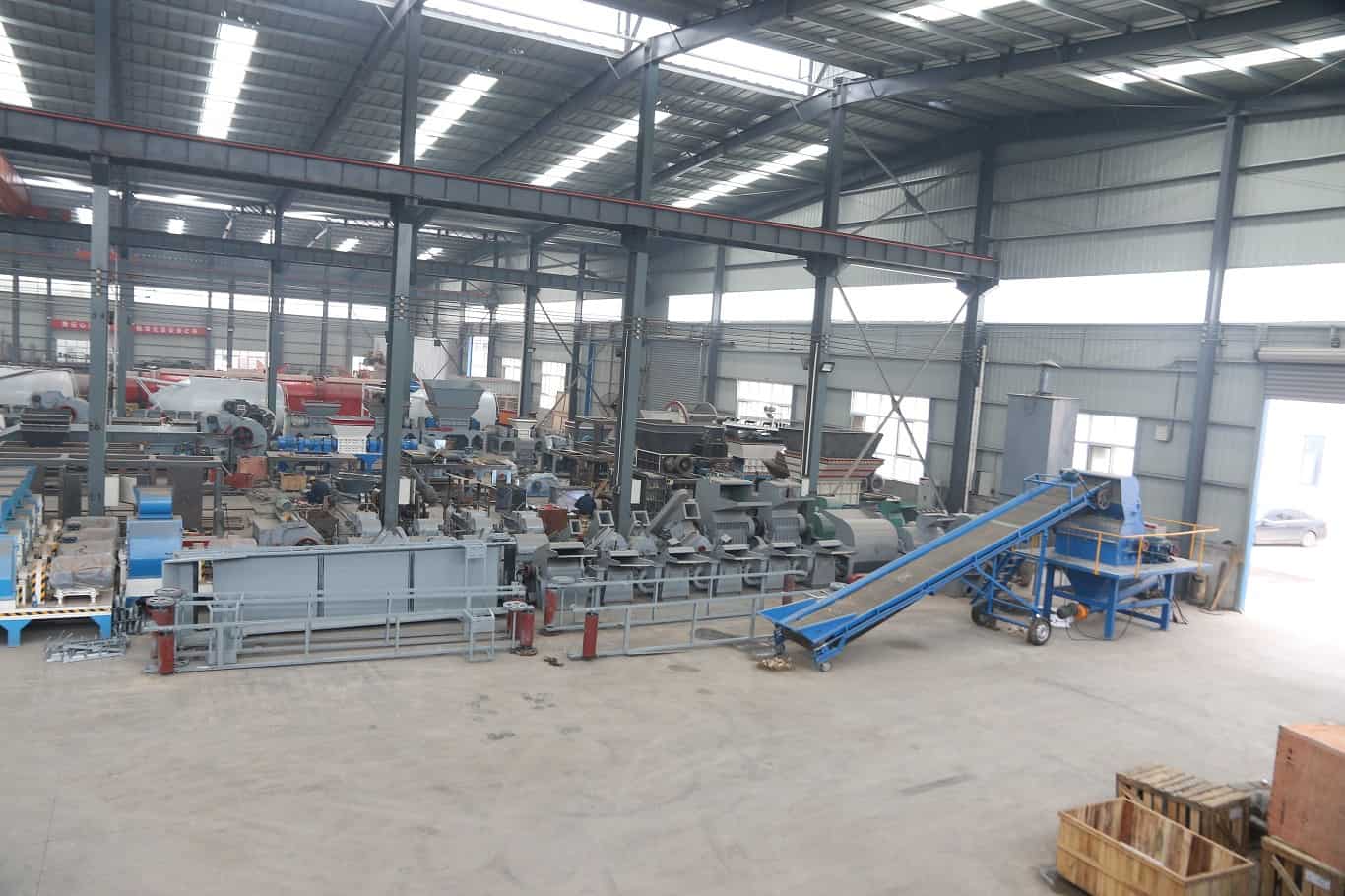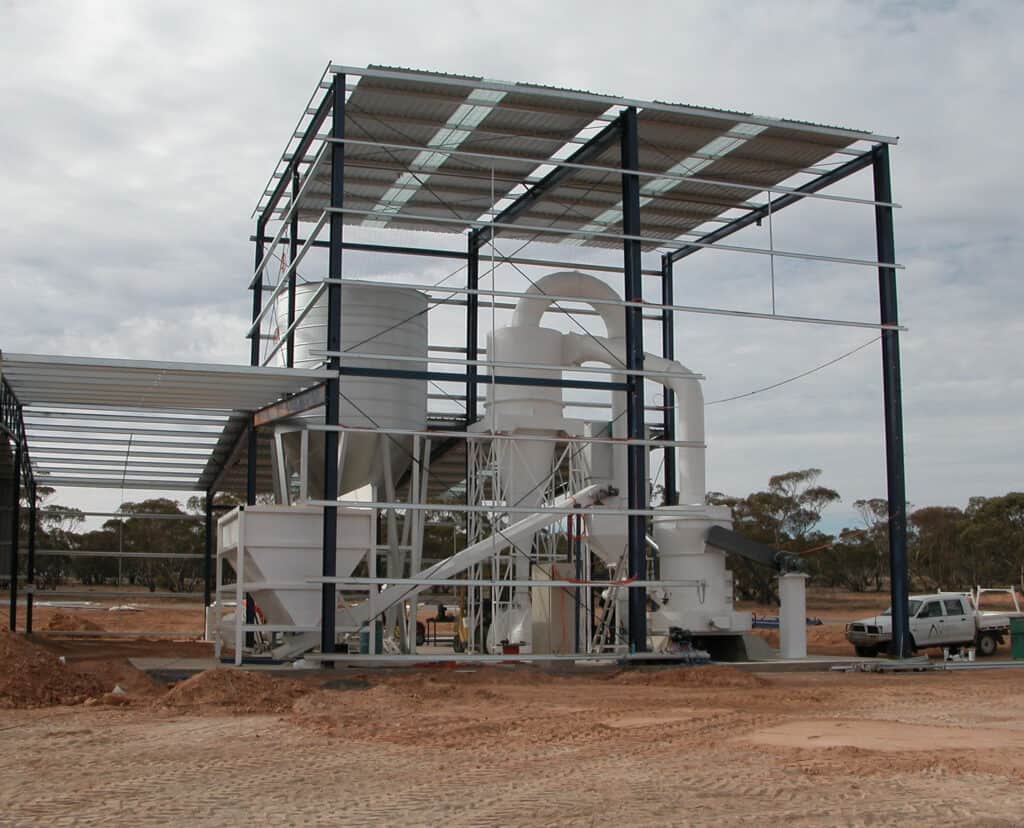Learn dry mix mortar plant from the expert

Sand Making Machine
Raymond Mill Machine
High Level Pallietizer
Plastering Mortar

Common Dry Mix Mortar Plant Production Lines
Thermal Insulation Mortar Production Line
Raymond Mill Production Line
Tile Adhesive Production Line
Sand Making Production Line
What is the dry mix mortar ?
Dry mix mortar is a mortar that is made with aggregates (like quartz sand), inorganic cementitious materials (like cement), and additives (like polymers) that are physically mixed in a specific proportion.
Bags or bulks are used to transport it to the construction site, and it can be mixed with water right away. Some construction adhesives also fall into this category, including dry-mixed mortars and dry-mixed powders. Generally, dry mix mortar is used in construction and decoration engineering to bond, pad, protect, and decorate in thin layers.
Dry mix mortar categories:
1) Finishing mortar :
Powder coating, dry powder decor, internal and external wall putty;
2) Adhesive mortar:
Adhesives for porcelain boards, caulking agents, thermal insulation boards, etc.
Ground leveling materials, repair mortars, ground hardening materials, etc.
Features of dry mix mortar:
1) Great product quality: The dry mix mortar solves the problem of having to grasp the proportion of mortar prepared by traditional technology, meaning the quality isn’t as good, and the measurement is very accurate and the quality is reliable. Because different uses of mortar have different requirements on the properties of materials such as shrink resistance, crack resistance, heat preservation, and moisture resistance, and also the workability, water retention, and setting time required for construction are different. In order to achieve these characteristics, you have to formulate it according to the scientific formula, and only dry powder mortar can do that. After using dry powder mortar, the project quality is improved, the construction period is shortened, and the amount of labor is reduced because of accurate measurement and quality assurance.
2) The more fully developed: Lots of products and specifications have been developed to meet the different demands of building construction. There are masonry mortars, plastering mortars, and floor mortars that cater to all kinds of constructions; according to the requirements of construction quality, the specifications are divided into M2.5, M5, M10, M15, M20, M25, M30 specifications: they have different requirements for consistency, layering, density, and strength. Packaging can also be divided into 5kg, 20kg, 25kg, 50kg, and several types. Bulk packaging is also available. Cars are shipped sealed.
3) Easy application: Just like snacking, you can use it anytime. Add about 15% water, stir for 5-6 minutes, and the rest of the dry powder mortar is used as a spare, with a shelf life of 3 months. It’s been in the test for 6 months, but the strength isn’t good anymore. There’s a big difference.
Dry-mixed mortar has a stable quality. The materials used are reasonable, the ingredients are accurate, and the mixing is uniform because of the control and management of special equipment and technicians, which means the quality of use is uniform and reliable, and the construction is good. Improve building construction, like plastering large areas of interior and exterior walls without spraying interface agents, without hanging grid cloth, without hollowing, without cracking, saving time and labor.
What's the dry mortar mixing plant's capacity?
The dry mix mortar plant equipment is designed to mix and blend raw materials efficiently, so that dry mortar mixes are consistent and homogeneous. The factory usually has a raw material storage system, a conveying system, mixing equipment (depending on the size of the factory and the specific needs of dry powder mortar products, mixing equipment usually includes paddle mixers, ribbon mixers, or twin shaft mixers), packaging and bagging systems, control systems, etc.
On-site mixing mortar plants offer a variety of advantages over dry mixing mortar plants, like improved quality control, increased productivity, and reduced labor costs.
Depending on things like production capacity, space, and local regulations, dry-mix mortar plants can be designed and configured different. It can be divided into manual feeding type, semiautomatic type, automatic type, fully automatic type and other production lines based on the customer’s feeding method/output/packaging/demand, and its production capacity ranges from 1 to 100 tons per hour.
There’s a lot to consider when choosing a dry mix mortar mixing plant: the size of the construction project, the demand for dry mix mortar, and raw materials. The capacity of a plant will be determined by these factors.
Types of Dry Mix Mortar Plant
The construction industry uses many types of dry mix mortar plants. Here are a few:
1) Tower dry mix mortar station: This type of equipment is built vertically in multiple layers including storage bins, weighing systems, and stirring devices, so it’s great for big jobs.
(2) Workshop-type dry mix mortar plant equipment: It consists of individual modules for drying, sieving, weighing, and mixing. The equipment can be installed in a workshop or a small space.
3) Simple dry-mixed mortar factory: known as a basic dry-mixed mortar factory, it is a small-scale factory with a simple mixing system, packaging machines, and some storage bins.
4) Semi-automatic dry mix mortar plant equipment: This type of equipment combines manual and automated operations. Some processes are manual, like feeding materials and packaging, while others are automated, like mixing and weighing.
5) Fully automatic dry mixed mortar plant: The equipment works completely automatically. It’s got an advanced control system, computer batching, and weighing mechanism.
6) Mobile dry-mixed mortar plant: This portable machine is great for on-site production of dry-mixed mortar. It can be easily transported to different job sites and is flexible.
Dry mix mortar plants come in a variety of types and suits specific project requirements. The choice depends on factors like production capacity, space, automation and mobility.